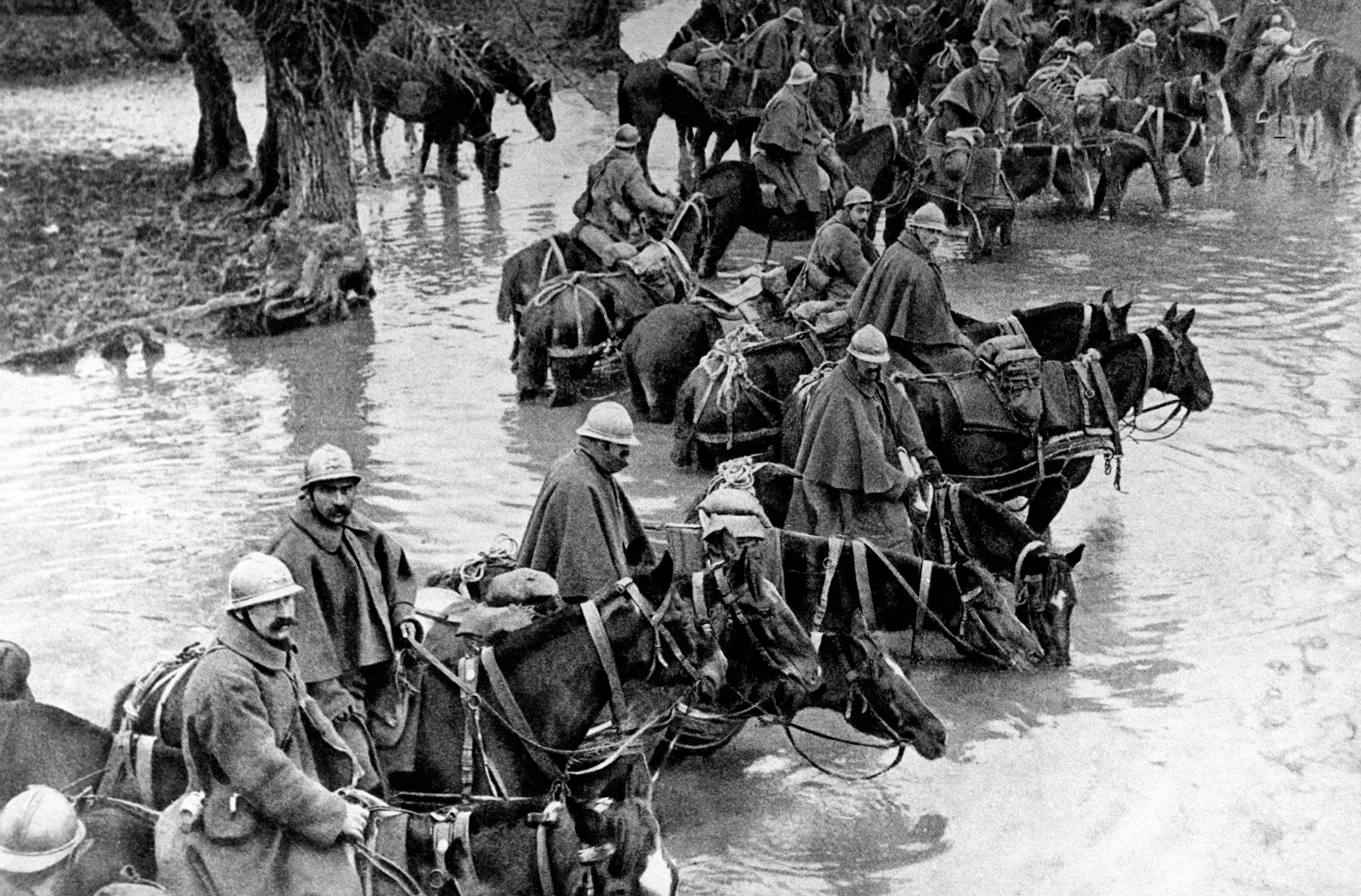
8 Within the organisation, Kathleen Burke acted as a spokeswoman and was responsible for raising funds. 7 In May 1915, she joined the Scottish Women Hospitals, a nursing organization entirely conceived, run and operated by women. When the First World War broke out, this 27-year-old suffragist signed up as a Red Cross nurse.

Kathleen Burke was born in London in October 1887. Kathleen Burke’s White Road to Verdun 6 was published in 1916 but there is very little literature on the author and none on her narrative. There is no literature concerning these accounts. The author’s very identity remains enigmatic as the two-page article is signed “SME” but a photograph of the nursing staff included in the magazine identifies her as S. A copy can be found in Miss Kenyon’s personal file at the Imperial War Museum. 5 Miss Edwards worked in the same hospital and left a moving and compassionate account of her experience, “Thoughts of a Night Sister”, published in Le Faux Miroir, the magazine of the “Urgency Cases Hospital”. Her private diary has never been published and mainly deals with her experience at Bar-Le-Duc and later as a VAD nurse from June 1915 to June 1917 at the “Urgency Cases Hospital”, Le Faux Miroir near Révigny sur Ornain (Meuse).

Shortly after her 23 rd birthday, she joined the Voluntary Aid Detachment 4 and went to France as a cook for a mobile field unit between the base hospital and the firing line.

Winifred Kenyon was born in January 1892, the third daughter of Major-General Edward R.

This paper focuses on the experience of British nurses, drawing on the personal accounts of Kathleen Burke, Winifred Kenyon and S.M. Another exception was participation into auxiliary medical organisations, as nursing tended to be regarded as an extension of the domestic sphere celebrated feminine values such as caring and nurturing roles established an implicit connection between nursing and domestic ethics. 2 Within the armed forces, the only suitable female role was that of military auxiliary with the taking up of logistic jobs releasing men from menial though strategic tasks. Most women remained on the home front while men were enjoined to serve their country. Individuals’ relation to war was then highly gendered, with set mental and cultural representations. 2 The term « Home Front » was first used during the First World War to refer to the civilian populati (.)ġ At a time when social expectations firmly confined women to the domestic sphere and war propaganda extolled maternal duties, 1 only a small number of women went close to the firing lines.1 War propaganda often blended maternal and religious references.


 0 kommentar(er)
0 kommentar(er)
